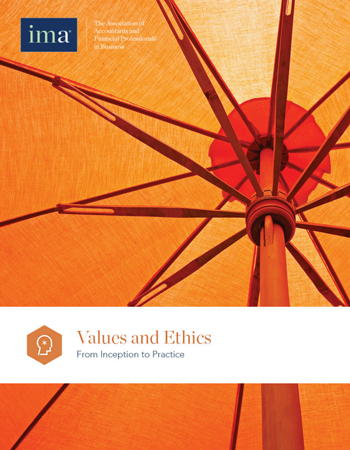
In the business reality of the 21st Century, where knowledge management and intangible assets are key sources of competitive advantage, the individual behavior of employees from top management to front-line workers can make or break an organization’s reputation. This has a significant impact on share value, the ability to attract and retain clients, investors, employees, or customers, and the risk of compliance violations. Globalization increases the potential impact of behavioral conflicts. An organization operating in different countries may find that the values and ethical standards of other cultures clash with its own. Each of these issues contributes to the need for every organization to define its own principles of behavior by clearly outlining its organizational values and creating a code of ethics and corporate conduct that provides guidance in decision making internally and in relation to external parties and compliance requirements. Such guidance is a critical element in the creation of a framework for ethical management.
For those in the management accounting profession, the Institute of Management Accountants (IMA?) created The Statement of Ethical Professional Practice. Other major global accounting bodies also maintain codes of ethical conduct. The intent of this Statement on Management Accounting (SMA), however, is to make all accounting professionals aware of their responsibility to act as change agents within their organizations, supporting the maintenance of effective internal controls and ensuring that their organizations have considered, adopted, and fully implemented a company-wide ethics and compliance program, including a code of ethics and a confidential hot/helpline.
This SMA identifies the issues that are driving the increased attention to ethical conduct and how they impact risk management and internal controls. It explains the steps required for organizations to clarify, define, and develop their values and create their codes of ethical conduct. More importantly, it shows how to move beyond the creation of words and plaques on the wall to a reality where the commitment to ethical values becomes the way the organization operates on a day-to-day basis. Through this, risk related to the behavior and decision making of individual employees can be linked to the overall management processes of planning, organizing, staffing, directing, and controlling. Issues of ethical decision making can be aligned with leadership behavior, organization processes, relationships between individuals within and without the entity, and systems of measurement and control.
Organizations that succeed in a broad-based deployment of a code of ethics will create a base for enhanced risk assessment, greater transparency for those responsible for organizational governance, and an increased probability that commitments made in words are truly being fulfilled in practice. As a result, CEOs and CFOs who are required to sign commitments of compliance will do so with a greater degree of knowledge and certainty that their words and the actions of the organization are aligned.
